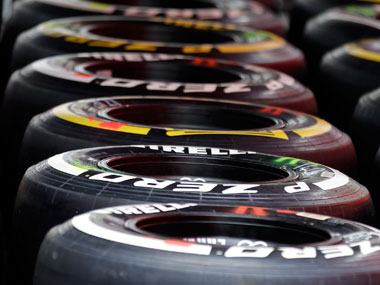The rupee’s depreciation against the dollar, which hit the rubber costs, impacted the earnings of tyre-maker Ceat in Q1, Anand Rathi said in a note. It expects sales of truck bus radial to be the company’s growth driver.
As long as rubber prices remain stable CEAT should be able to sustain this performance, it said. The increase in margins were affected by overhead expenditure which increased by 100 basis points due to investments being carried out in brand building and future strategy.
[caption id=“attachment_402196” align=“alignleft” width=“380”]  As long as rubber prices remain stable CEAT should be able to sustain this performance.Reuters[/caption]
The report said that the jump in sales and volume performance of Sri Lankan venture by 15 percent and 6 percent respectively along with doubling of their profits further helped boost margins for Ceat.
Prabhudas Lilladher reported that, despite decline in volumes in the export and OEM segment Ceat reported 10.5 percent growth in profits due 10.5 percent year on year growth on realization per kg.
Margins on earningsbefore interest and tax increased by 690 basis points year on year due to export realisations. Sri Lankan operations are likely to contribute 10.2 percent to the growth in profits year on year basis.
Increase in capacity at the Halol plant and also softening of international prices of rubber due to slowdown in demand augurs well for the company’s prospects. Rubber prices are expected to stay within the range of Rs 180-195.
However, a risk factor is a likely penalty by competition watchdog CCI on tyre companies.
The stock closed at Rs 99, down 3.4 percent. Over the last one year, it has fallen 3.93 percent as against the Sensex benchmark index which declined by 5.80 percent.


)
)
)
)
)
)
)
)
)



